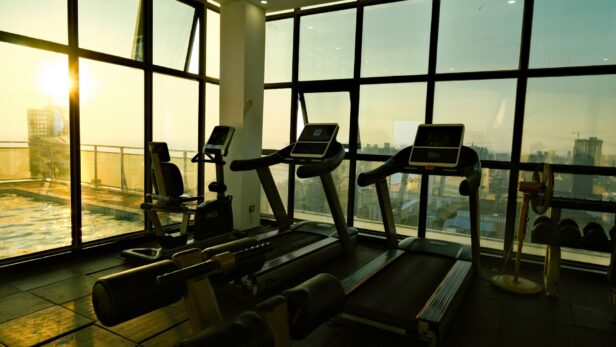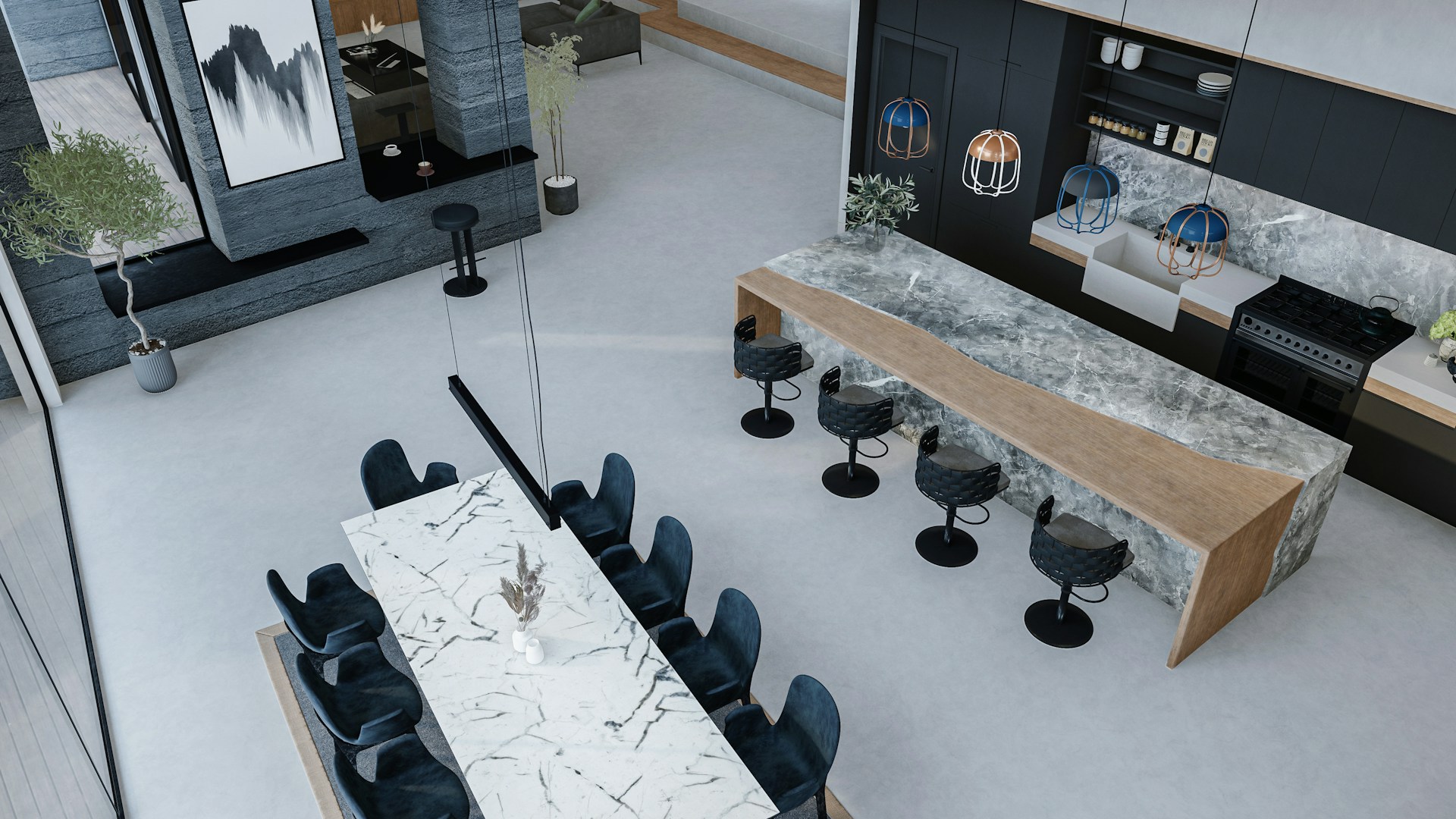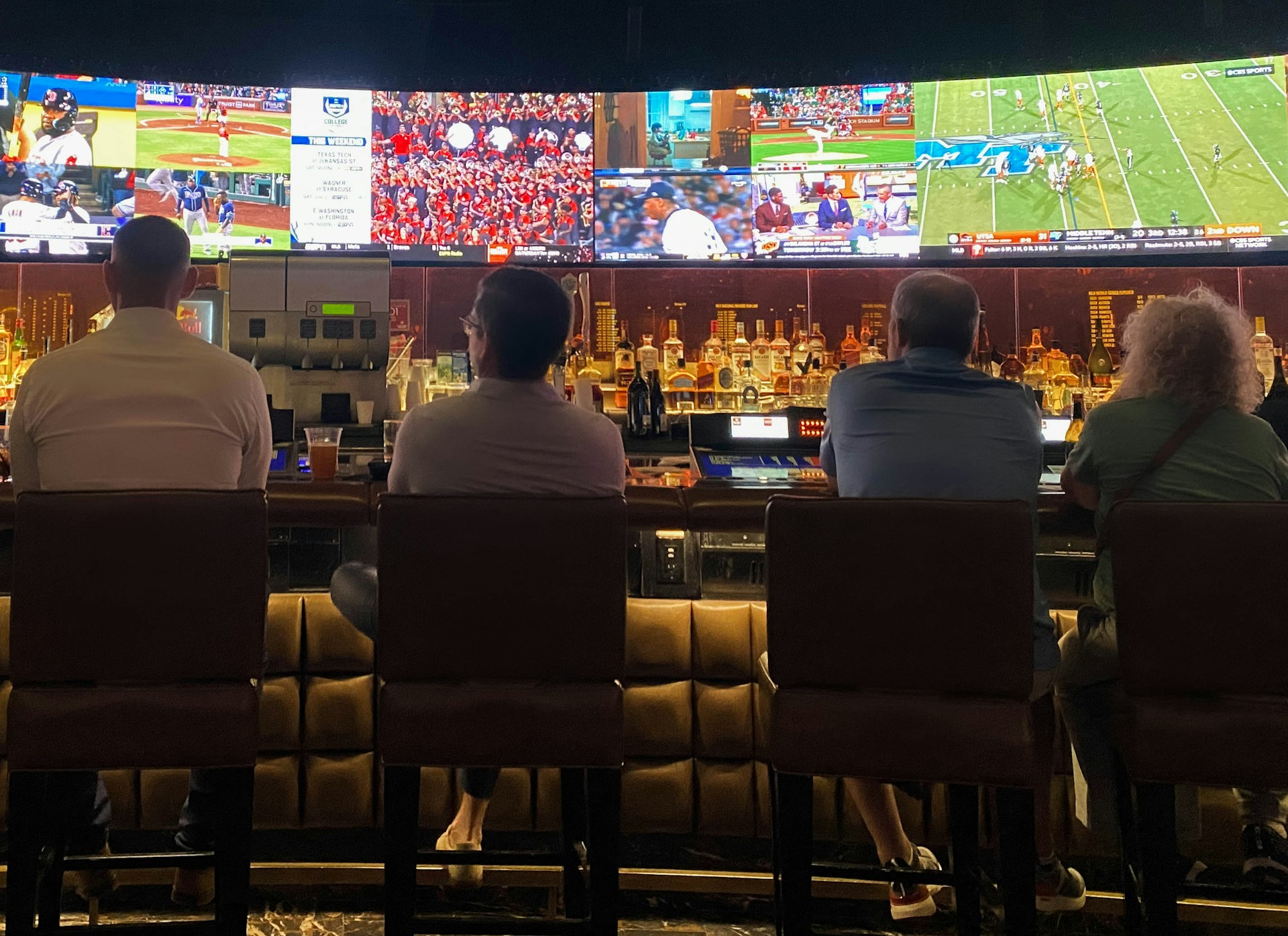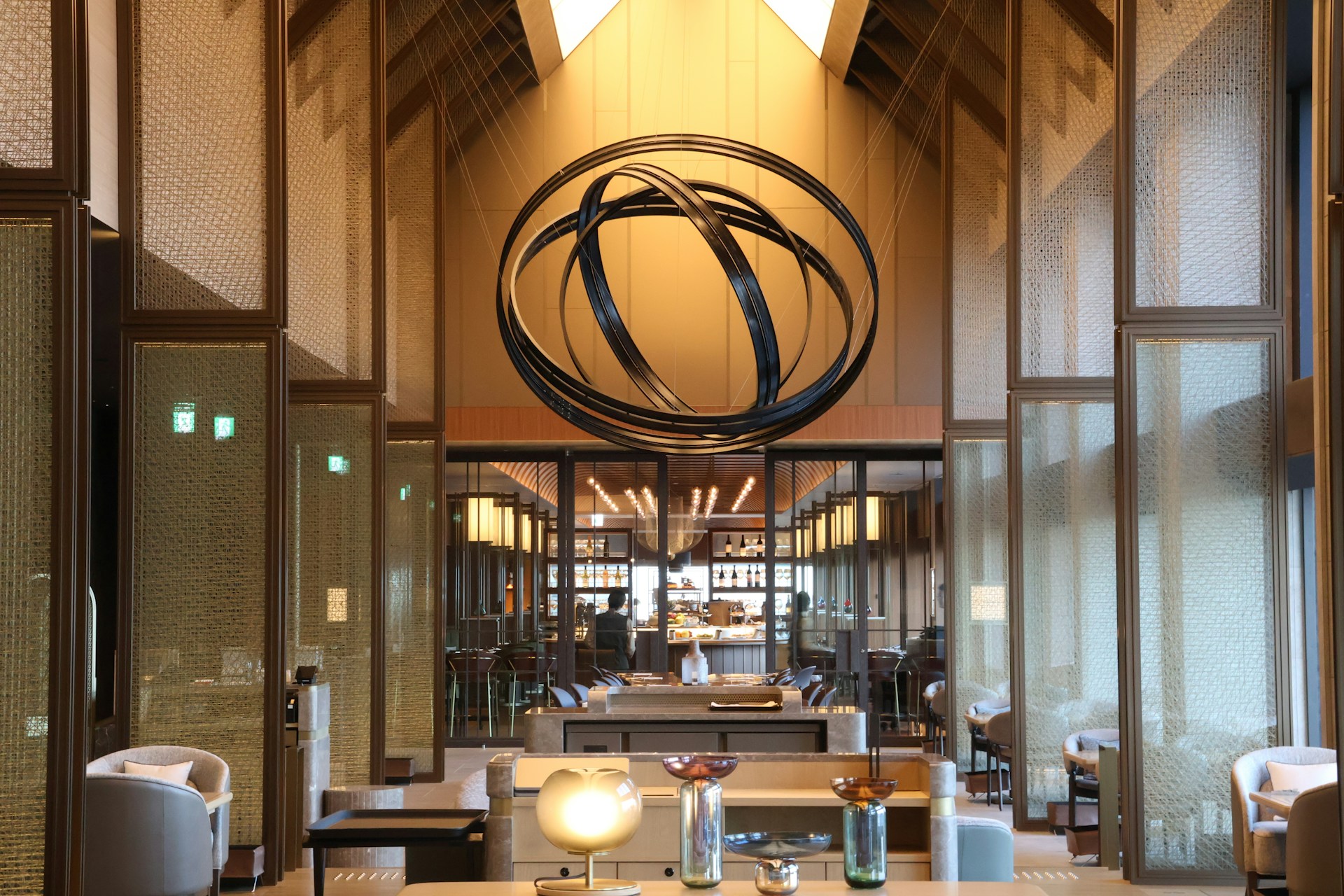At EB3 Construction, we’ve helped bring countless boutique fitness visions to life; each one unique, each one purpose-driven. We know firsthand that building a boutique fitness studio is about crafting a space that reflects your brand, supports your instructors, and delivers a premium experience your members will keep coming back for.
This guide will walk you through the critical steps, costs, and design decisions involved in boutique studio construction. Let’s dive into what it really takes to build a high-performing fitness space from the ground up.
What is a Boutique Fitness Studio?
A boutique fitness studio is an intimate, upscale fitness facility that offers highly specialized and personalized workout experiences. Unlike large, impersonal gyms, these studios provide niche exercise formats in exclusive, community-oriented settings. Typically accommodating 12 or fewer participants per class, boutique studios allow instructors to give individualized attention and tailor workouts to each member’s unique goals and abilities.
These studios focus on signature modalities like barre, Pilates, yoga, indoor cycling, high-intensity interval training (HIIT), or strength training. The specialized nature of boutique fitness allows enthusiasts to engage deeply with their preferred workout style, guided by expert instructors who are often highly credentialed in their specific discipline. This expertise and specialization are key factors driving the popularity of boutique studios.
Beyond the workouts themselves, boutique studios invest heavily in creating inviting, luxurious atmospheres. Members often enjoy premium amenities like towel service, private changing rooms, showers, juice bars, and retail boutiques. This attention to detail and emphasis on the overall experience transforms fitness into a lifestyle destination rather than just a place to exercise. The combination of specialized training, personalized attention, and upscale environments makes boutique fitness increasingly appealing to consumers who are willing to pay a premium for a more tailored and enjoyable fitness journey.
What Are the Costs Involved in Boutique Fitness Studio Construction?

Constructing a boutique fitness studio requires significant upfront investment across several key categories. Let’s explore the major costs involved in bringing your vision to life:
Real Estate and Lease Costs
Securing the right location is critical for a boutique studio’s success. Expect to invest $150,000 to $300,000 for a prime spot with good visibility and accessibility. This amount covers lease deposits, rent, and any necessary renovations to the space. When evaluating potential locations, consider factors like parking availability, neighborhood demographics, and proximity to complementary businesses.
Interior Design and Ambiance
Creating an inviting atmosphere that aligns with your brand is crucial. Budget $20,000 to $80,000 for interior design elements, which include:
- Specialized flooring: $5,000 – $20,000
- Mirrors: $3,000 – $10,000
- Lighting: $4,000 – $15,000
- HVAC systems: $8,000 – $25,000
The look and feel of your studio can be a major differentiator in the competitive boutique fitness market.
Fitness Equipment
The heart of your studio, quality equipment is a must. Costs typically range from $50,000 to $150,000, depending on your studio’s specialization. This could include cardio machines, strength training equipment, specialized items like reformers or spin bikes, and smaller accessories like weights and mats.
Licenses, Permits, and Insurance
Ensure your studio is fully compliant and protected. Set aside $10,000 to $30,000 for necessary business licenses, building permits, and comprehensive insurance coverage to protect you, your staff, and your clients.
Initial Inventory and Supplies
Stock up on essentials to get started. Budget $5,000 to $20,000 for items like towels, cleaning supplies, retail merchandise (if applicable), and any consumables needed for classes.
Staffing and Training
Your team is the face of your business. Allocate $30,000 to $100,000 for initial staffing costs, including instructor recruitment, training programs, and administrative support to ensure smooth operations from day one.
Marketing and Branding
Get the word out about your new studio. Invest $10,000 to $50,000 in creating a strong brand identity, developing a website, implementing local marketing campaigns, and offering pre-opening promotions to build buzz.
Total Investment
Adding up these key categories, the total startup costs for a boutique fitness studio typically range from $275,000 to $730,000. Keep in mind that actual costs can vary based on factors like location, studio size, and specific concept.
| # | Startup Cost | Description | Min Amount | Max Amount |
| 1 | Real Estate & Lease Costs | Lease a prime location ensuring accessibility for clients. | $150,000 | $300,000 |
| 2 | Fitness Equipment & Supplies | Purchase essential gym equipment and accessories. | $50,000 | $150,000 |
| 3 | Interior Design & Ambiance | Create a visually appealing space tailored for boutique workouts. | $20,000 | $80,000 |
| 4 | Licenses, Permits, and Insurance | Secure necessary legal documentation and liability coverage. | $10,000 | $30,000 |
| 5 | Initial Inventory & Supplies | Stock up on retail and workout essentials. | $5,000 | $20,000 |
| 6 | Staffing & Payroll Costs | Hire skilled instructors and support staff for operations. | $30,000 | $100,000 |
| 7 | Marketing & Branding | Invest in branding and promotional strategies to attract clients. | $10,000 | $50,000 |
| Total | $275,000 | $730,000 | ||
Disclaimer: Pricing figures are based on publicly available market data and are intended for general estimation purposes as of July 2025. They do not represent a formal quote from EB3 Construction. Actual costs will vary by project scope, location, labor rates, and material prices.
While the initial investment may seem daunting, a well-planned boutique fitness studio in a good location has the potential for strong returns. The key is to create a detailed business plan, secure adequate funding, and focus on delivering an exceptional client experience from day one.
How Do You Choose the Right Location for a Boutique Fitness Studio?
When constructing a boutique fitness studio, selecting the optimal location is a critical decision. The right site can significantly enhance visibility, accessibility, and ultimately, member acquisition and retention. Here’s how we approach finding the perfect spot:
First, we identify neighborhoods with demographics that closely align with our target market. This typically means seeking out affluent areas with health-conscious residents willing to pay premium rates for specialized fitness experiences. We analyze local income levels, education, age ranges, and lifestyle factors to identify the best fit.
Next, we prioritize locations that offer maximum visibility and high foot traffic. Prime spots include ground-level storefronts on busy streets, anchor spaces in thriving shopping complexes, and sites near popular destinations like office buildings or entertainment districts. The goal is to ensure we are seen and easily accessed by potential clients.
Proximity to our core client base is crucial. We strive to minimize commute times by locating near residential areas or along major commuter routes. The more convenient we make it for members to work out, the more likely they are to maintain their membership long-term.
Parking and transit access can significantly affect a location’s viability. We ensure ample nearby parking options or, in urban areas, close proximity to public transportation hubs. Easy access removes a major barrier to regular gym attendance.
When evaluating potential spaces, we carefully consider square footage needs. Most boutique studios require between 1,000 to 5,000 square feet to accommodate exercise areas, reception, changing rooms, equipment storage, and other amenities. We balance having enough room to grow with keeping overhead costs manageable.
Lease terms are another crucial factor. We review agreements thoroughly, seeking flexible options that allow for scaling as the business grows or relocating if needed. Multi-year leases with renewal options often provide the best combination of stability and adaptability.
Finally, we conduct a thorough analysis of the competitive landscape. While some competition indicates a strong market for fitness services, we avoid oversaturated areas where numerous similar studios already exist. The aim is to find a niche where we can establish a strong presence without facing overwhelming competition.
By carefully weighing all these factors, we position our boutique fitness studios for success from day one. The right location lays the foundation for building a thriving community of dedicated members who value our unique fitness offerings.
What Design Elements Should You Include in Your Studio Construction?
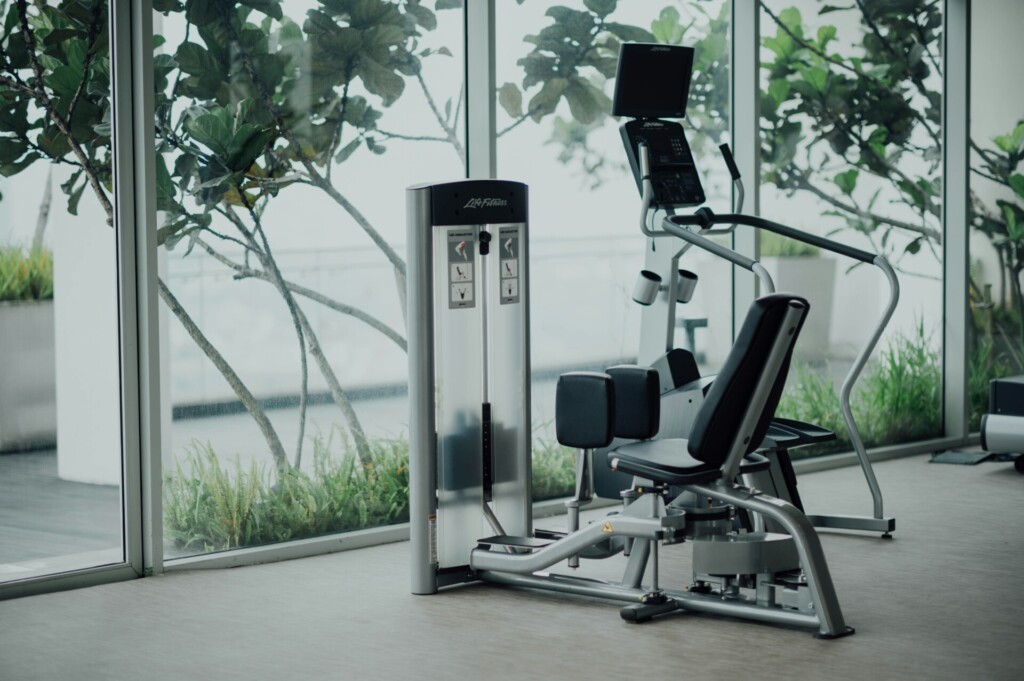
The design of your boutique fitness studio should reflect your brand identity while creating a functional, inspiring environment for your members. We carefully consider each element to optimize both form and function when constructing our studios.
Flooring is one of the most critical components. We invest in durable, impact-resistant flooring that can withstand heavy foot traffic and equipment use. The specific type depends on the fitness modality—rubberized flooring works well for high-intensity workouts, while hardwood creates an upscale look for yoga or barre studios. Proper flooring not only protects the subfloor but also helps prevent injuries and reduce noise.
Mirrors are another essential design element. We strategically place properly sized mirrors to optimize visibility during classes. This allows members to check their form and instructors to monitor the entire room. However, we’re mindful not to overwhelm the space with too many mirrors, which can be distracting.
Lighting plays a significant role in setting the right ambiance. We implement energy-efficient LED systems that allow us to adjust brightness and color temperature. Bright, energizing lighting works well for high-intensity classes, while softer, warmer tones create a soothing atmosphere for yoga or meditation. Accent lighting helps highlight key areas and architectural features.
The studio layout requires careful planning to maximize space utilization. We design an open floor plan with clearly defined zones for reception, workout areas, and amenities. Proper spacing ensures members can move freely during workouts without feeling cramped. Storage solutions like wall-mounted racks help keep equipment organized and out of the way when not in use.
For the locker rooms and changing facilities, we focus on creating a spa-like experience. High-end fixtures, designer toiletries, plush towels, and quality finishes elevate the space. Private changing rooms and secure lockers provide convenience and peace of mind for members.
Technology integration is key for the modern fitness studio. We install state-of-the-art sound systems to deliver crystal clear audio throughout the space. Mounted smart TVs allow for immersive virtual classes and on-demand content. Self-service iPad kiosks streamline the check-in process.
Finally, we infuse our brand identity through strategic use of colors, materials, and decorative elements that resonate with our target demographic. This may include inspirational wall graphics, branded signage, or artistic installations that reinforce our unique aesthetic and values.
By thoughtfully incorporating these design elements, we create an environment that not only facilitates great workouts but also fosters community and keeps members coming back. The right ambiance enhances the overall experience and contributes to higher satisfaction and retention rates.
What Are Essential Steps in the Construction Process of a Boutique Fitness Studio?
The construction process for a boutique fitness studio involves several critical phases that require careful planning and execution. By following these essential steps, you can set your studio up for success from day one:
Develop a Comprehensive Business Plan
We start by crafting a detailed, data-driven business plan that serves as the foundation for your boutique fitness studio. This plan should clearly outline your unique concept, target demographic, financial projections, and operational strategy. A solid business plan not only guides your construction process but also helps secure funding and partnerships.
Secure Adequate Funding
Building a boutique fitness studio requires substantial upfront investment. We ensure you have the necessary capital to cover costs for design, construction, equipment, staffing, and initial marketing efforts. This often involves a combination of personal savings, loans, and potential investor funding.
Assemble Your Professional Team
We coordinate the assembly of a skilled team of professionals to bring your vision to life. This typically includes experienced real estate brokers to find the ideal location, contractors specializing in fitness facility construction, interior designers who understand the unique needs of boutique studios, and legal advisors to navigate permits and regulations.
Obtain Necessary Licenses and Permits
Navigating the regulatory landscape is crucial. We guide you through obtaining all required licenses and permits, including business registration, health department approvals, and building permits. Additionally, we ensure you have appropriate liability insurance coverage in place before opening your doors.
Execute the Studio Build-Out
The physical construction phase requires meticulous attention to detail. We oversee the build-out process, focusing on specialized needs such as:
- Proper ventilation systems to maintain air quality during high-intensity workouts
- Soundproofing and acoustics to create an immersive class experience
- Adequate electrical capacity to support equipment and lighting needs
- Durable flooring suited for your specific workout modalities
- Strategic layout design to maximize space efficiency and flow
Install Specialized Fitness Equipment
We coordinate the purchase and installation of fitness equipment tailored to your studio’s unique offerings. This may include stationary bikes for spin classes, reformers for Pilates, or specialized strength training equipment. Proper installation and testing are critical to ensure safety and functionality.
Implement Technology Systems
Modern boutique studios rely heavily on technology. We help set up integrated systems for class scheduling, member management, and payment processing. This includes selecting and implementing software solutions that streamline operations and enhance the client experience.
Build Cash Reserves
An often overlooked but crucial step is establishing adequate cash reserves. We recommend having enough capital to cover 6-12 months of operating expenses. This buffer allows you to weather the initial ramp-up period when cash flow may be negative as you build your client base.
By methodically working through these essential steps, we create a solid foundation for your boutique fitness studio. Our approach minimizes common pitfalls and positions your business for long-term success in the competitive fitness industry.
| Milestone | Estimated Timeframe |
|---|---|
| Site Work | 8 to 12 weeks |
| Framing | 6 weeks |
| Plumbing, Electric, HVAC, etc. | 4 to 6 weeks |
| Insulation, Drywall, Flooring | 12 weeks |
| Landscaping/Exterior | 8 weeks |
Remember, while the construction process can be complex, breaking it down into these manageable steps makes the journey more approachable. With proper planning and execution, you’ll soon be ready to welcome clients to your state-of-the-art boutique fitness studio.
Conclusion: Creating a Successful Boutique Fitness Studio Through Strategic Construction
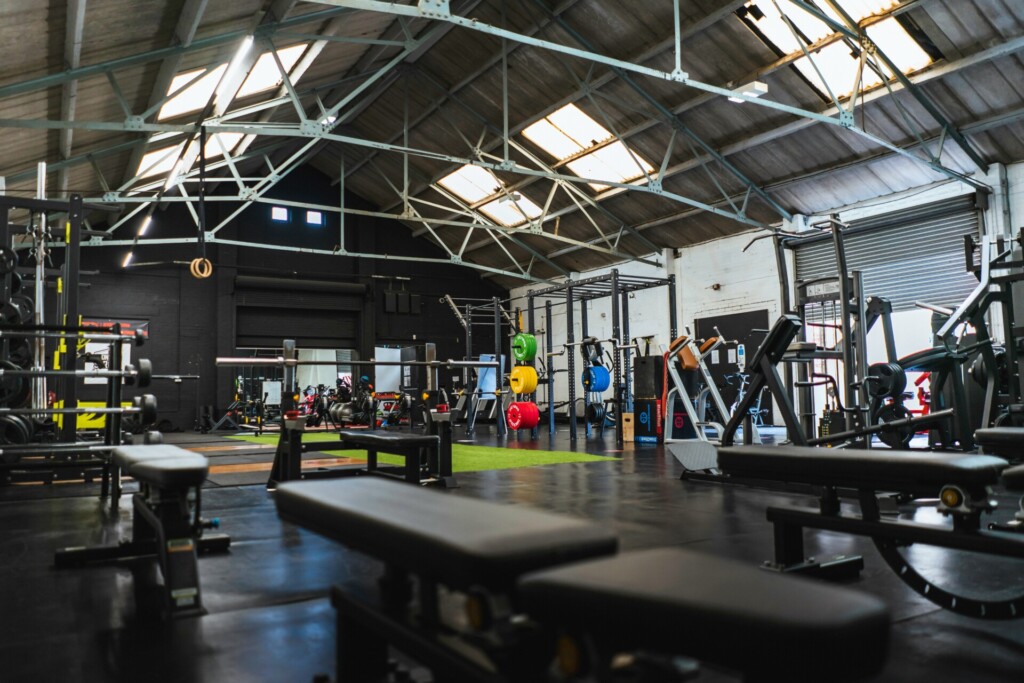
Constructing a boutique fitness studio requires careful planning, substantial investment, and meticulous attention to detail. By taking a strategic approach to location selection, budgeting, design, and the overall construction process, you can create a fitness space that delivers the premium, personalized experience boutique studio members have come to expect.
While the initial investment is significant—typically ranging from $275,000 to $730,000—a well-executed boutique fitness studio has the potential to become a thriving business that meets the growing demand for specialized, community-oriented fitness experiences. The key is to build adequate cash reserves for the initial operating period and assemble a team of experienced professionals to guide the construction journey.
Throughout the process, focus on incorporating thoughtful design elements that align with your brand and create an inviting atmosphere. This may include features like high-end finishes, state-of-the-art equipment, and spaces that foster social connection among members. The goal is to craft an environment that facilitates not only great workouts but also serves as a wellness destination where people want to spend time.
With meticulous planning and uncompromising standards in construction and design, your boutique fitness studio can become more than just a gym—it can be a transformative space that enhances people’s lives and creates a thriving community. While the road to opening may be challenging, the potential rewards of owning a successful boutique studio make the journey worthwhile.
By leveraging construction expertise and industry knowledge, you can bring your vision for a premium boutique fitness experience to life. The end result will be a studio that stands out in the market and provides lasting value to both you as the owner and your future members.
Are you ready to take the next step in making your boutique fitness studio a reality? Contact EB3 Construction today to discuss your project and how we can support you in creating a standout fitness destination.

